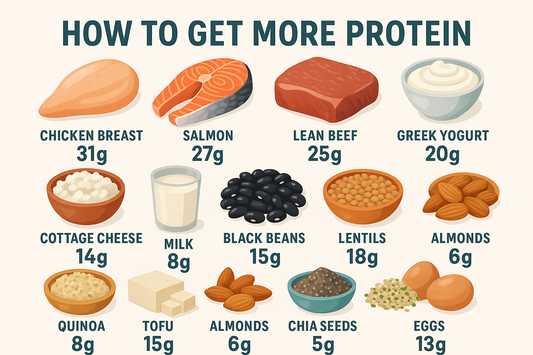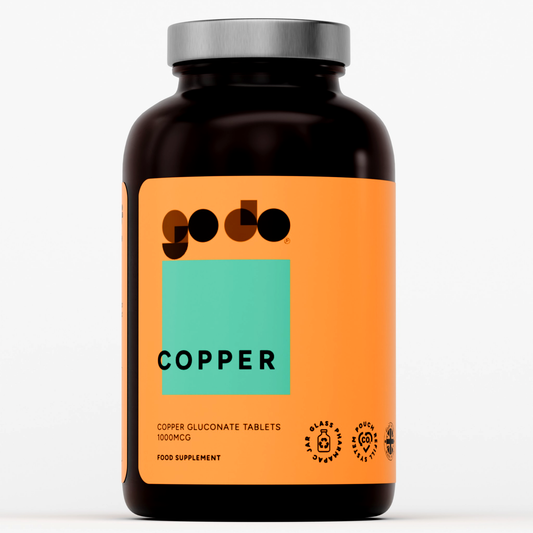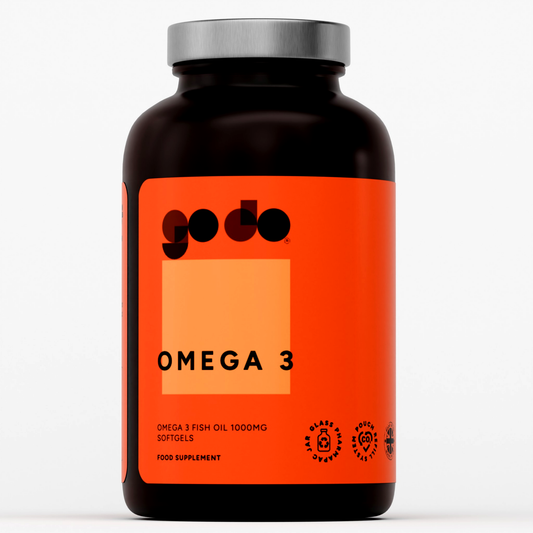
Mobility training is all about finding the optimal movement patterns for different individuals. Take note that there is a difference between stretching and mobility. Stretching improves flexibility which gives you a wide range of motion in joints while mobility is the ability to move more effectively and efficiently.
Mobility can be improved with the help of various components of which stretching is one component.
You need optimal ranges of flexibility to achieve optimal movement. This will enhance your health, athletic ability, endurance, strength, and energy level and help prevent injury.
When all the muscles in your body are strong and open, you are considered structurally balanced and mobile. This is why mobility is regarded as an important part of physical fitness.
The different forms of mobility training are active flexibility, foam rolling, stretching, dynamic tension and much more. A combination of all of these will help you get the optimum results from fitness mobility.
Stretching
Stretching can increase the passive range of motion in your joints and muscles, but only stretching can’t improve your fitness mobility. Mobility requires strength. Although stretching increases strength it does so to a minimal degree. For stretching to help you gain strength, you need to contract the muscles isometrically.
For example, people who do yoga regularly are very flexible, but they are not very athletic because they lack similar strength. If you can do a deep squat, it does not mean that you are mobile.
You can still be weak in different hip articulations or other parts of the range of motion. To achieve fitness mobility, you need to do the following forms of mobility training:
Band distraction stretching
This type of stretching is different because you pull the joint with the help of bands to a more favorable position. This contributes to creating a more fluid and better movement of the joint.
This is a passive form of stretching, but it still helps the joint to get a better stretch. Band stretching provides the same benefits and limitations as regular stretching.
Foam rolling
Massages, trigger point therapy, and foam rolling are great methods for loosening up muscles and for their recovery. But these methods do not help build strength.
Foam rolling helps in fitness mobility in a passive form but does not develop mobility as you are only massaging the muscles and not actively working them. The best way to build strength and fitness mobility is through active flexibility because it not only stretches a muscle but also strengthens it.
Active flexibility
Active flexibility targets different muscle groups and helps to build strength in the lengthened muscle as you first stretch and then contract the muscle.
For example, in a hamstring stretch, you first stretch the muscle then contract the hamstring by raising yourself up thus strengthening the hamstrings.
Although everyone has the same bone structure our bones, tendons and ligaments are slightly different from one another. This means that everyone will find a different mobility exercise best suited to their type.
To achieve the best results from fitness mobility, it is important to find the exercise that works best for you. You need to decide on the group of muscles that you should target and how far you’ll be going to push yourself.
During exercise, control your breathing. Slow and controlled breathing helps to reduce tension and relax the body.
Whenever you are doing mobility exercises, hold the position for two or more minutes so that your body can grow accustomed to you moving it in such a manner.
You should know your limitations and prevent hurting yourself. Exercises are an important part of your training, but you should not overdo them. You should also do other exercises to increase your overall fitness mobility.











